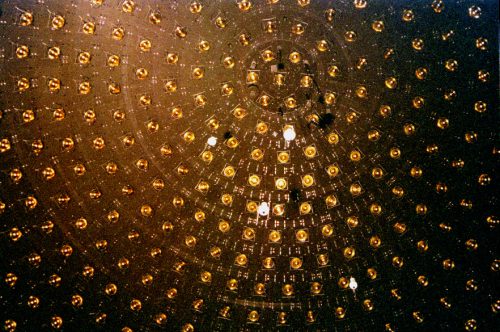Nuclear power holds potential to be a powerful and emission-free energy source. With a growing demand for energy and fear of pollution from fossil fuels, nuclear energy is being reconsidered, and with it comes the potential for accidents and malicious tampering.
Anna Erickson of the Georgia Institute of Technology has improved upon a method to monitor nuclear plants for unusual activity through the detection of elementary particles known as antineutrinos. The process that powers nuclear reactors, fission, emits antineutrinos when elements such as uranium and plutonium decay into lighter elements due to neutron bombardment. The heat released from fission powers the reactor, so as long as the reactor is going, it will emit an antineutrino signal.
Professor Erickson and her team are currently testing the efficacy of their antineutrino detectors, which record antineutrino interactions with hydrogen atom nuclei. These signals can reveal what kind of materials are present in the reactors and how much, as fission of different elements emits specific antineutrino signals. This information can then be used to monitor the quantities of radioactive elements used. Antineutrino emissions cannot be blocked—meaning that there is a risk of surveillance by unauthorized parties.
Antineutrino detectors are already in use around the world; however, the detectors Professor Erickson and her team are proposing would be more accurate and work on a smaller scale. With the possibility of watching foreign governments and putting a clamp on nuclear proliferation, the world is keenly monitoring Erickson’s progress.

